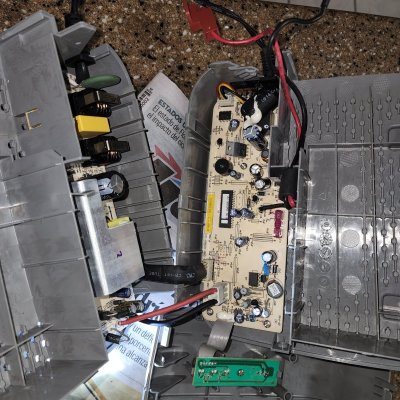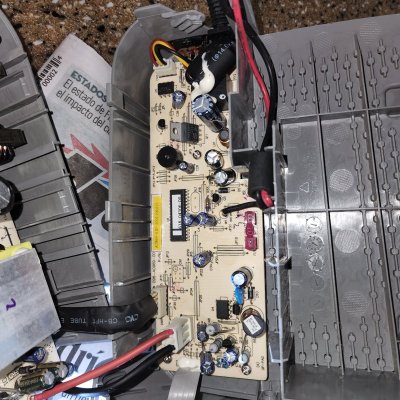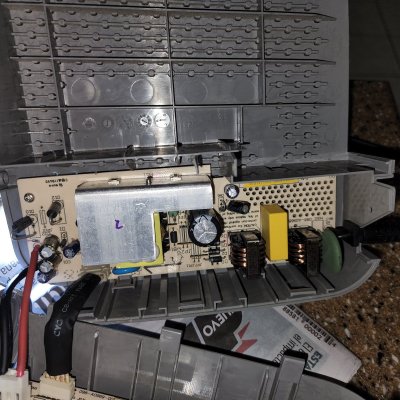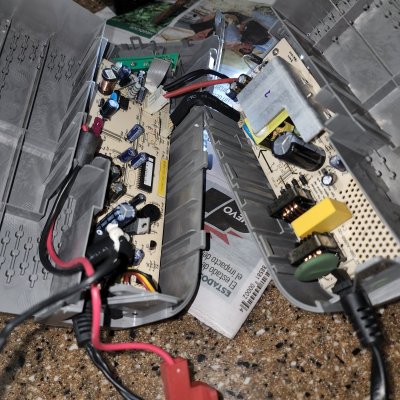Hi to all...
Hope everything is OK and sorry if i couldn't get the answer on prior threads answered and explained by @JDJP and @ZombieEngineer that seems to be the Experts.
I don't have knowledge on electronics so sorry if i say or ask a dumb question. I want to build a Battery Backup system in order to run 2 Gyres Maxpect XF-250 and possible the return Pump Varios-6 at the same time for let's say 2 days. All of them are 24V.
At the moment i have the Gyres running on a Belkin battery but it only runs for 3 hours at 30%.
I have been reading and seen that i need a AGM Deep Cycle Battery, Maintainer and Charger, Inverter and Auto Switch but far of knowledge to decide which ones. i went to Amazon and put these items on my cart and have a total roughly of $526.00 on items but how to know if i am in the right route deciding on the items. if you want i can send you the links of the items.
As you can see i am a novice in this of electronics and that's why i asked for your help. By the way i have 3 Generator but looking for some more time while i get to the house.
Thanks in advance if you can help me out.
Hope everything is OK and sorry if i couldn't get the answer on prior threads answered and explained by @JDJP and @ZombieEngineer that seems to be the Experts.
I don't have knowledge on electronics so sorry if i say or ask a dumb question. I want to build a Battery Backup system in order to run 2 Gyres Maxpect XF-250 and possible the return Pump Varios-6 at the same time for let's say 2 days. All of them are 24V.
At the moment i have the Gyres running on a Belkin battery but it only runs for 3 hours at 30%.
I have been reading and seen that i need a AGM Deep Cycle Battery, Maintainer and Charger, Inverter and Auto Switch but far of knowledge to decide which ones. i went to Amazon and put these items on my cart and have a total roughly of $526.00 on items but how to know if i am in the right route deciding on the items. if you want i can send you the links of the items.
As you can see i am a novice in this of electronics and that's why i asked for your help. By the way i have 3 Generator but looking for some more time while i get to the house.
Thanks in advance if you can help me out.






















